During long, cold winters, dogs and their owners may need a little more exercise. This article shows you some fun ways you can play with your dog indoors.
Some of you may have been told never to play tug of war with a dog. The fear is that it might make a dog aggressive or aggravate any possessive tendencies. Other trainers feel that there is nothing wrong with the game, as long as you follow certain rules: 1)The toy you choose must be long enough to avoid accidental injury. A thick rope with knots in the middle is good.
2)The game should be played only with the tug toy. Teach your dog a command such as "drop it" or "leave it" before you start playing. (It's a good idea to do this even if you never intend to play tug. That way if he wants to play with your shoe, you can simply ask him to drop it.) Never try to pull anything away from the dog, use your command instead.
3)You must be in control of the game. You decide when to play. Keep the toy out of sight in between games. You should win at least most of the time. When you decide you've had enough, simply say "that's enough" and ask the dog to "drop it." Always stop immediately if the dog gets too excited or puts his mouth on your hand.
Another game you can play is hide and seek. There are two ways to play this game; either you can hide and encourage your dog to find you, or you can hide toys or treats around the house and ask the dog to find them.
If you are to be the target, simply have the dog stay while you go into another room. At first don't go far, and hide in an easy spot. Then call the dog with "Come find me!" or something like that.
Continue to call as long as you need to. Reward the dog for finding you with treats, excited praise, belly rubs ' anything he loves. Once your dog gets the idea, you can hide in more difficult spots, and call less often.
To use treats or toys as the objects to find, start by hiding a treat under or behind something while your dog watches, then exclaim, "Find it!" in an excited voice. Once he gets the rules of the game, have the dog stay in one room while you hide treats in another.
If your dog likes to use his nose, try hiding the treats inside shoes, under rugs, between couch cushions and places like that. For other dogs you may want to put most of the treats in plain view.
Break up large treats so that you are not giving him too many. Toys can be used if your dog has a strong prey drive, or if the he is overweight.
You can also try some brain teasers with your dog. For one, find three boxes of the same size. Have the dog sit and stay, facing the boxes. Place a treat inside or underneath an overturned box.
Release the dog and allow him to find the box the treat is in. Eventually you can begin hiding the treat with the dog facing away from the boxes.
Here's another puzzle the dog can work on. Place a morsel of food on a flat plate. Cover the plate with a towel or inverted foil pie tin. If using the tin, make a small lip in it so the dog can smell the food. If the dog is good at working things out, he should soon at least try to get the towel or pie tin off of the plate to get to the food.
You can increase the difficulty by placing the plate under a chair or other obstacle. Give him a way to get it out, such as placing it on a towel or attaching a rope to the plate. Don't let the dog get too frustrated with these games ' if he's not quite up to it, help him along and let him have the treat anyway.
There are toys that you can buy that will keep the dog busy on his own. A number of toys are now made to dispense treats. These are balls or cubes in which you place small treats. When the toy is overturned, the treats come out. You can even feed the dog this way, placing his daily ration in the treat toy.
Also on the market are some puzzle toys such as the Iqube and Puzzle Pup by Kyjen. These are similar to those made for toddlers. Instead of putting rings on a stick, or shapes in a box, the dog takes the toys out of a container. Most of these are plush toys, and might not be suitable for some aggressive chewers.
These are just a few suggestions, use your imagination and your dog's abilities to come up with even more games you can play indoors.

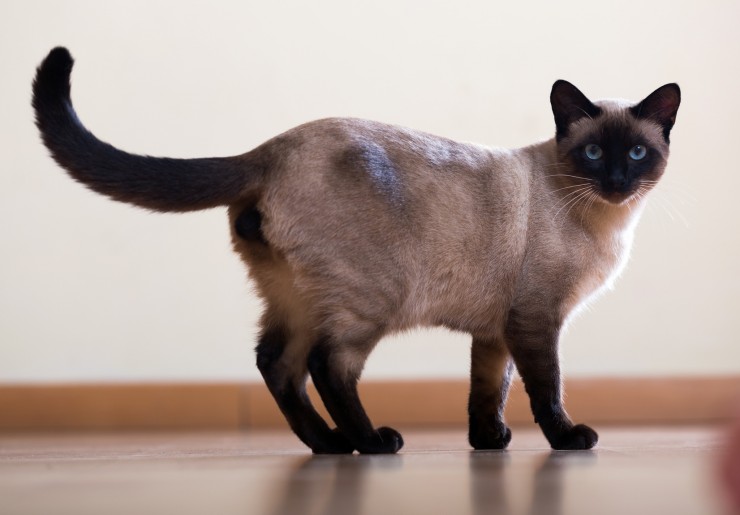 Siamese Cats And Vestibular Disease
Siamese Cats And Vestibular Disease
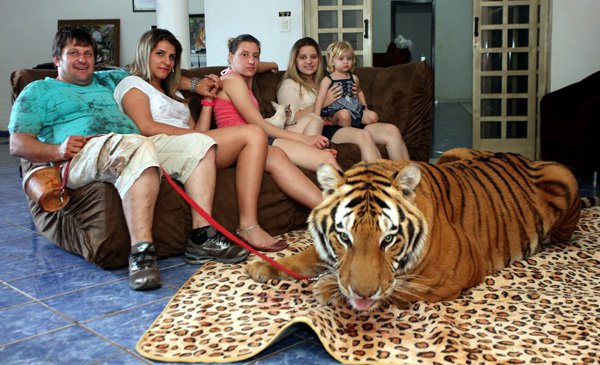 How Often Do You Need to Replace Your Cat Litter with New One?
How Often Do You Need to Replace Your Cat Litter with New One?
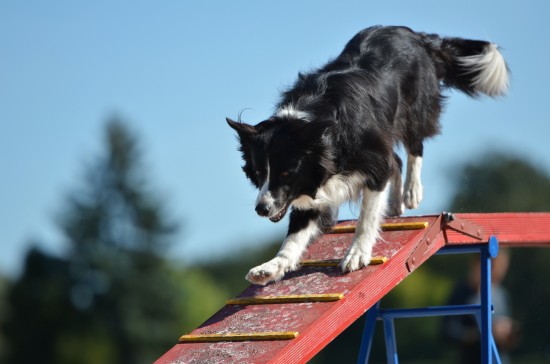 Competing In Your First Dog Agility Show - What To Do
Competing In Your First Dog Agility Show - What To Do
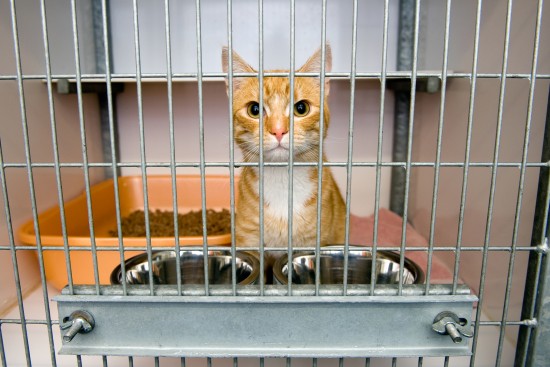 The Advantages Of Adopting A Mature Cat
The Advantages Of Adopting A Mature Cat
 How To Find A Quality Dog Food That Is Nutritious And Safe
How To Find A Quality Dog Food That Is Nutritious And Safe
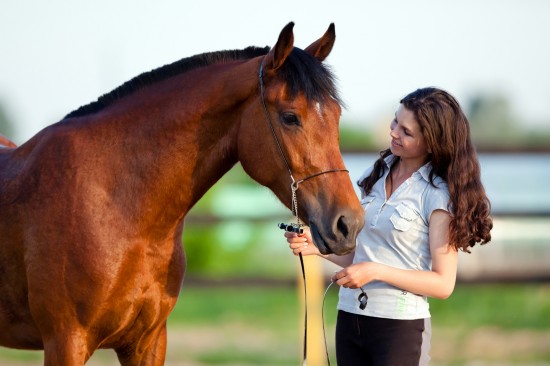 The Importance Of Correcting Bad Behaviour In Horses And Ponies
The Importance Of Correcting Bad Behaviour In Horses And Ponies
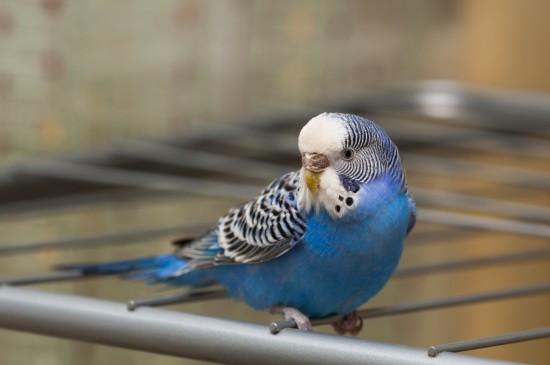 Understanding Your Bird - The Senses
Understanding You
Understanding Your Bird - The Senses
Understanding You
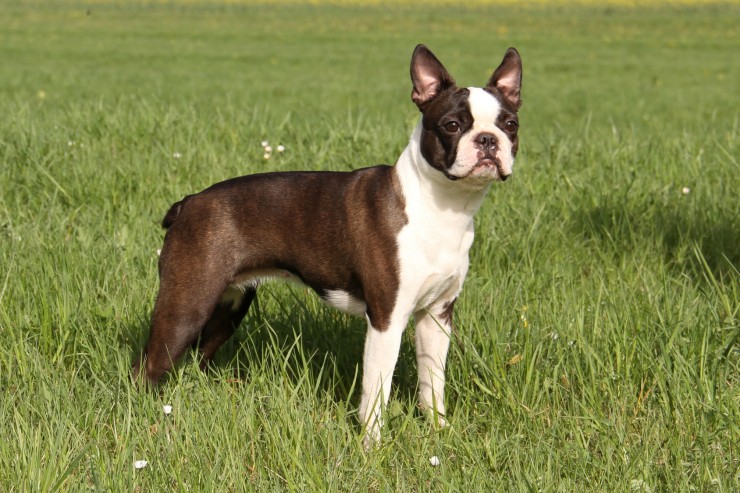 How To Tell The Difference Between A Boston Terrier And A French Bulldog
How To Tell The D
How To Tell The Difference Between A Boston Terrier And A French Bulldog
How To Tell The D
 What difference can a dog make in your life
What difference can a dog make in your life
Do
What difference can a dog make in your life
What difference can a dog make in your life
Do
 Dealing With Feline Infectious Peritonitis (fip)
Dealing With Feli
Dealing With Feline Infectious Peritonitis (fip)
Dealing With Feli
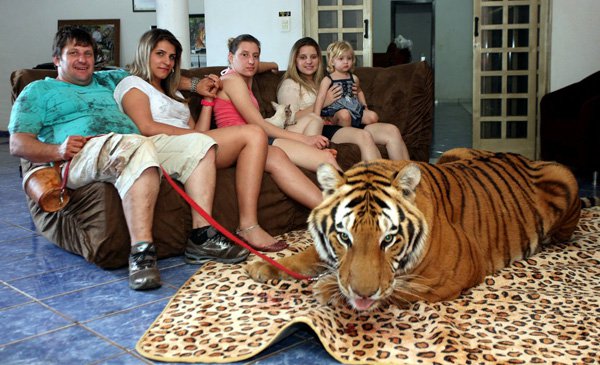 Professional Cattery Warrington Services
Professional Cattery Warrington Services
Regar
Professional Cattery Warrington Services
Professional Cattery Warrington Services
Regar